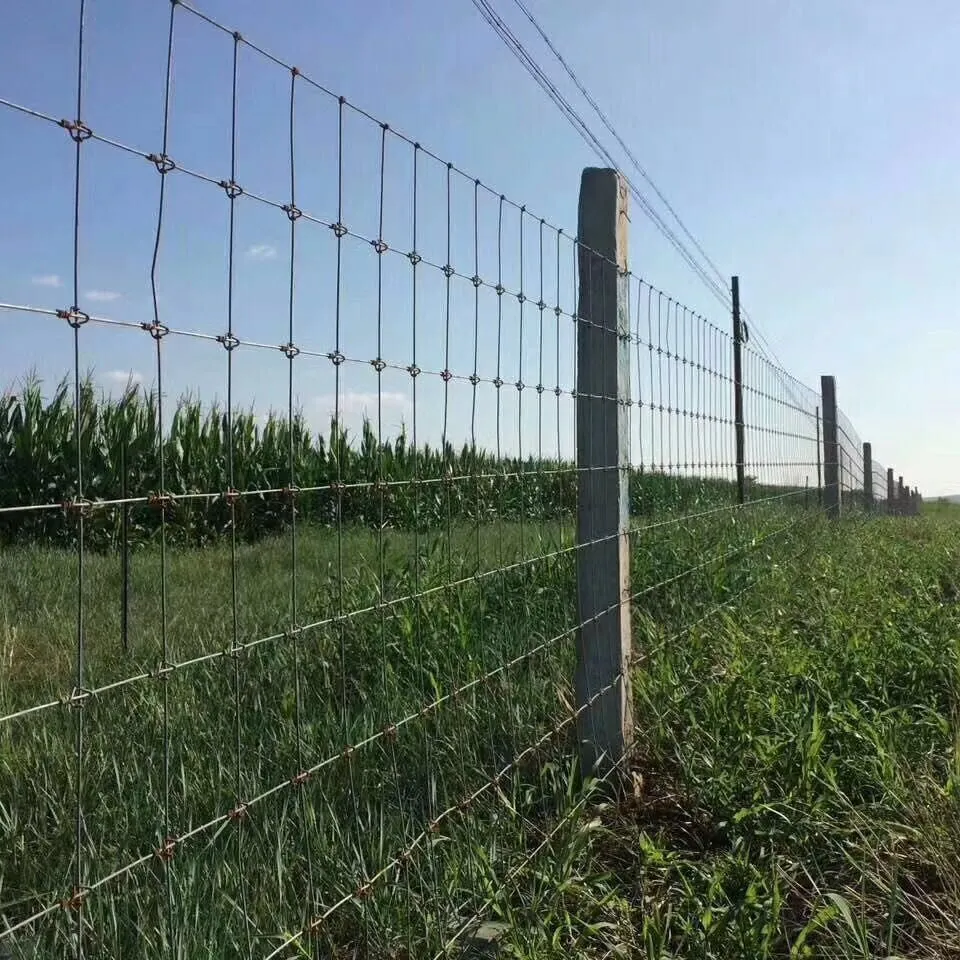12 月 . 05, 2024 18:35 Back to list
Hydraulic Gauge Port Fittings Options and Applications for Efficient System Performance
Understanding Hydraulic Gauge Port Fittings Importance and Applications
Hydraulic systems are a cornerstone of various industrial and mechanical applications, effectively transmitting power through pressurized liquids. Among the many components that play a crucial role in ensuring the performance and reliability of these systems, hydraulic gauge port fittings stand out. This article delves into the significance, types, and applications of hydraulic gauge port fittings, shedding light on their functionality and the role they play in hydraulic systems.
What Are Hydraulic Gauge Port Fittings?
Hydraulic gauge port fittings are specialized connectors designed to interface between hydraulic machinery and pressure gauges or monitors. These fittings allow for the accurate measurement of fluid pressure within a hydraulic system, ensuring that operators have the necessary data to monitor performance and detect potential issues before they escalate. They are typically made from durable materials such as brass, stainless steel, or other robust alloys to withstand the high pressures often encountered in hydraulic applications.
Types of Hydraulic Gauge Port Fittings
There are various types of hydraulic gauge port fittings, each designed to cater to specific system requirements and configurations. Here are some common types
1. Threaded Fittings These are the most common type of gauge port fittings. They feature either NPT (National Pipe Taper) or BSP (British Standard Pipe) threads, allowing for easy attachment to both hydraulic components and pressure gauges.
2. Flanged Fittings Flanged fittings provide a larger surface area for securing the connection, which is beneficial in high-pressure applications. They are typically used in larger systems where vibration and movement may be a concern.
3. Quick-Disconnect Fittings These fittings allow for rapid connection and disconnection, which is particularly useful for maintenance or when equipment needs to be frequently changed.
4. Capillary Fittings Used in applications where very precise pressure readings are necessary, capillary fittings connect the pressure gauge to the hydraulic system without allowing fluid flow, thus maintaining system integrity.
Importance of Hydraulic Gauge Port Fittings
Hydraulic gauge port fittings are pivotal for efficient hydraulic system operations
. Their importance can be summarized as followshydraulic gauge port fittings

- Pressure Monitoring These fittings enable real-time pressure monitoring, which is crucial for ensuring that the system operates within safe and optimal pressure ranges. Over-pressurization can lead to equipment failure or catastrophic accidents, making accurate monitoring essential.
- System Reliability and Safety By facilitating the timely detection of pressure anomalies, hydraulic gauge port fittings contribute to the overall reliability and safety of hydraulic systems. This proactive approach helps to minimize downtime and maintenance costs.
- Precision in Operations In many hydraulic applications, especially in manufacturing and construction, precision is key. The ability to accurately monitor and adjust pressure ensures that operations can proceed smoothly and efficiently.
Applications of Hydraulic Gauge Port Fittings
Hydraulic gauge port fittings find applications across a variety of industries, including
- Automotive Used in hydraulic braking systems, power steering, and suspension systems, these fittings help monitor fluid pressures critical for vehicle safety and performance.
- Manufacturing Hydraulic machinery, such as presses and lifts, rely on accurate pressure readings to optimize their operations and maintain product quality.
- Construction Heavy machinery, including excavators and cranes, depend on hydraulic systems for their operation. Gauge port fittings are essential in monitoring the pressures in these systems to ensure safety and efficiency.
- Aerospace In aerospace applications, hydraulic gauge port fittings are critical for ensuring the integrity of hydraulic systems used in landing gear and control surfaces.
Conclusion
In summary, hydraulic gauge port fittings are integral components that ensure the safe and effective operation of hydraulic systems across various industries. By enabling precise pressure monitoring and contributing to the reliability of hydraulic machinery, these fittings play a crucial role that cannot be overlooked. As industries continue to advance and embrace automation, the demand for high-quality hydraulic gauge port fittings will undoubtedly grow, reinforcing their importance in the modern mechanical landscape. Understanding their types, importance, and applications helps engineers and operators appreciate the finer nuances of hydraulic technology and the pivotal role it plays in industrial operations.
-
Secure Your Roof with Quality Roofing Nails
NewsNov.04,2024
-
Secure Your Property with Quality Field Fencing
NewsNov.04,2024
-
Enhance Your Space with Quality Mesh Fencing
NewsNov.04,2024
-
Discover the Versatility of Iron Wire for Your Projects
NewsNov.04,2024
-
Discover the Versatility of Common Nails for Your Projects
NewsNov.04,2024
-
Discover Quality Hydraulic Fittings for Your Applications
NewsNov.04,2024









